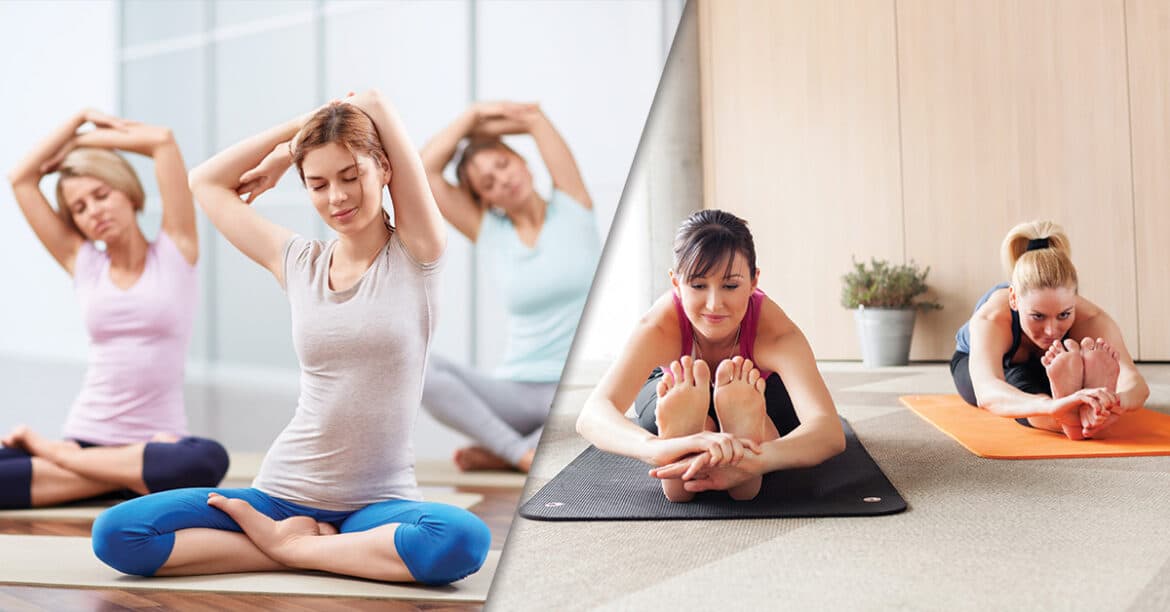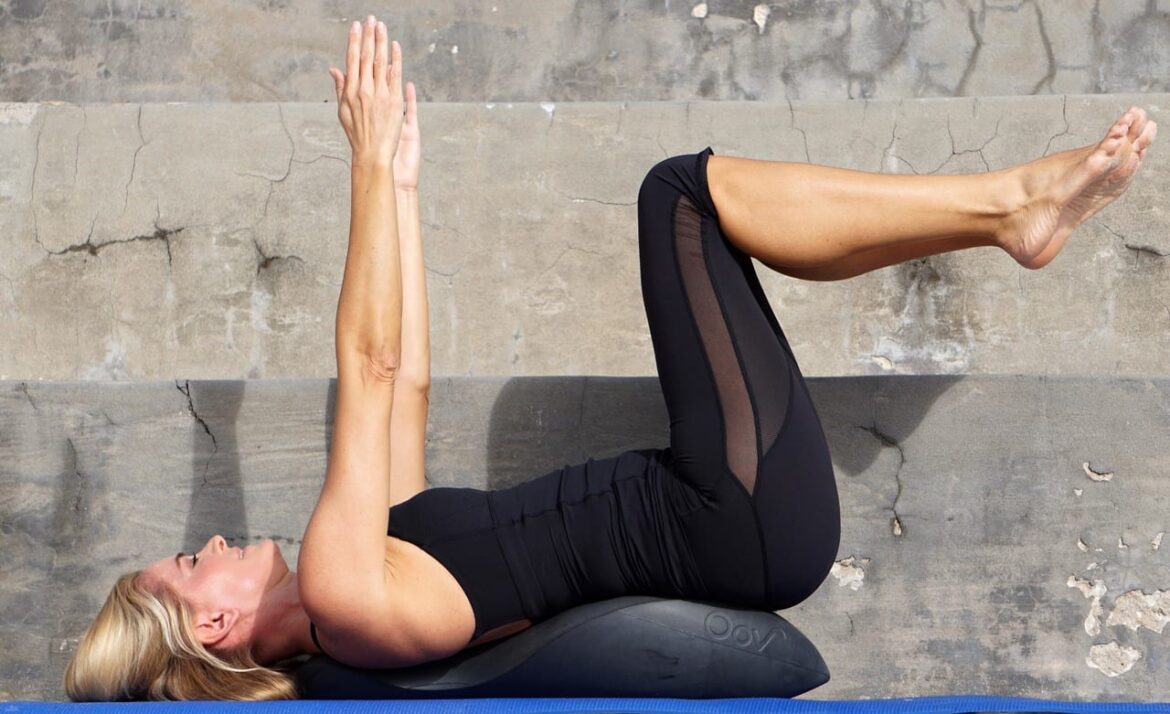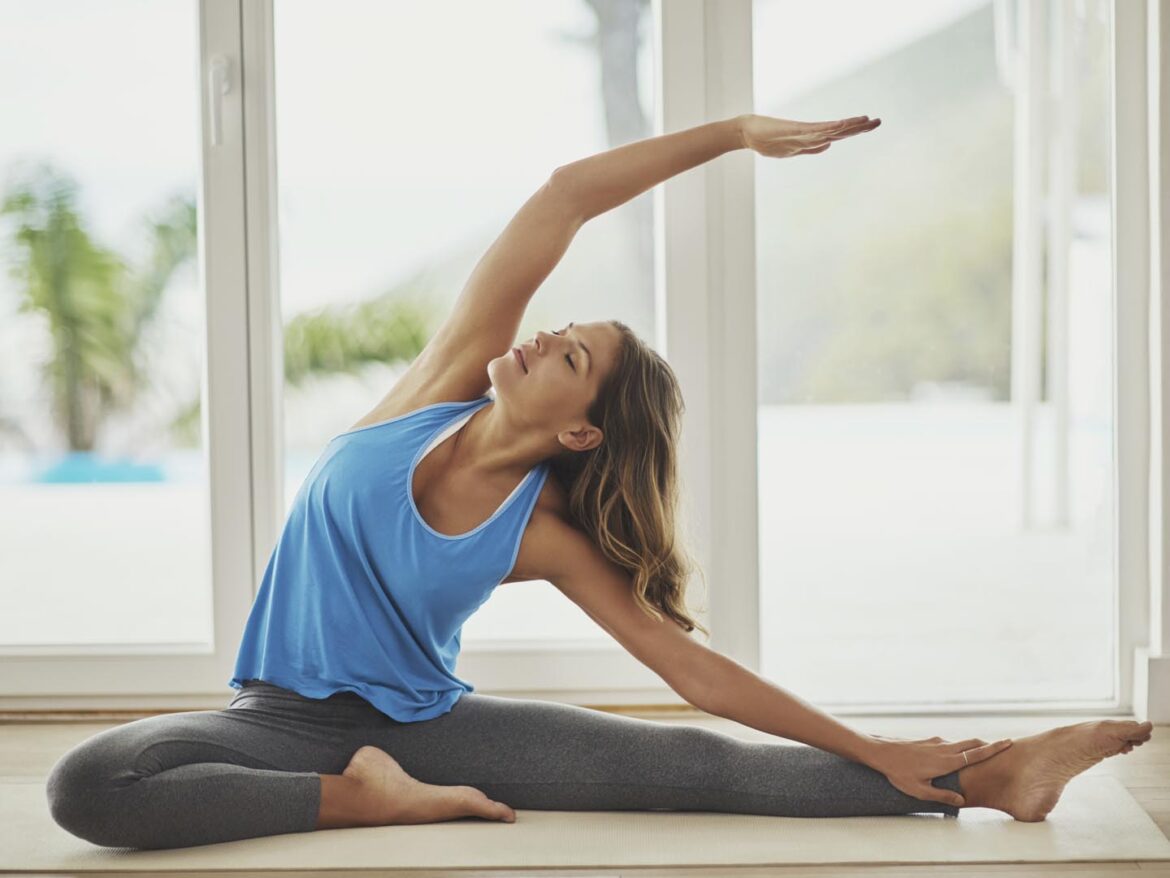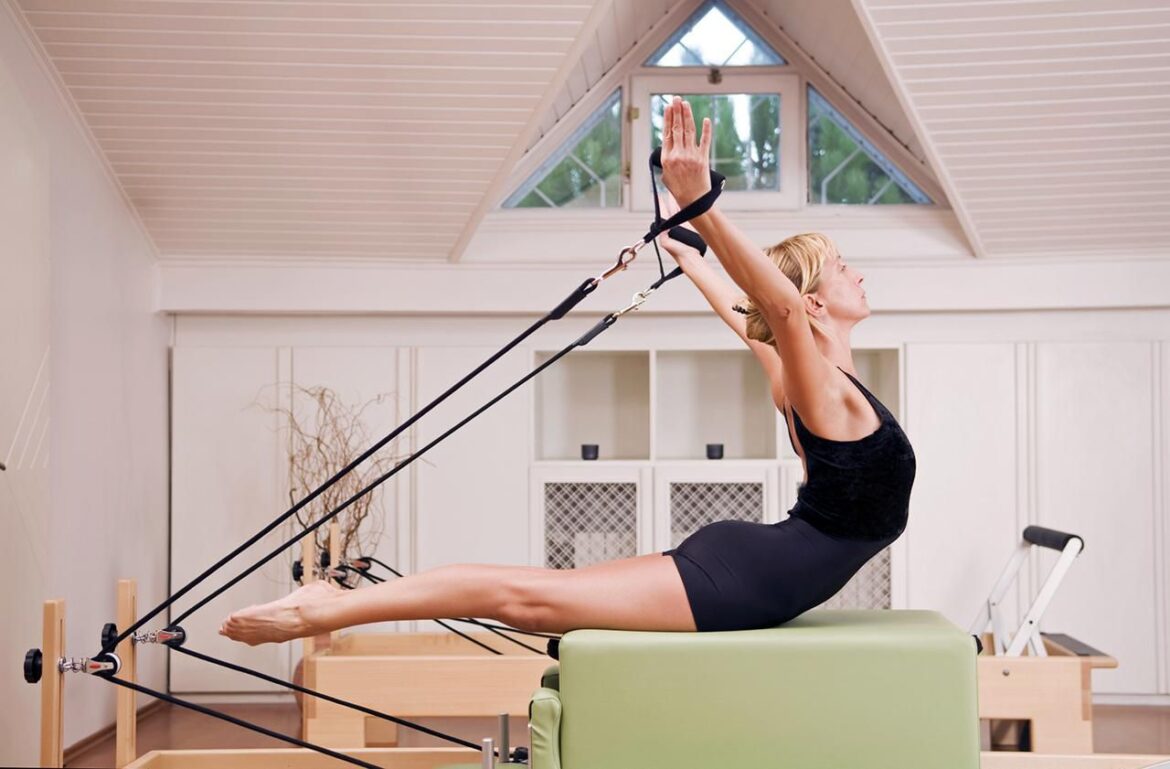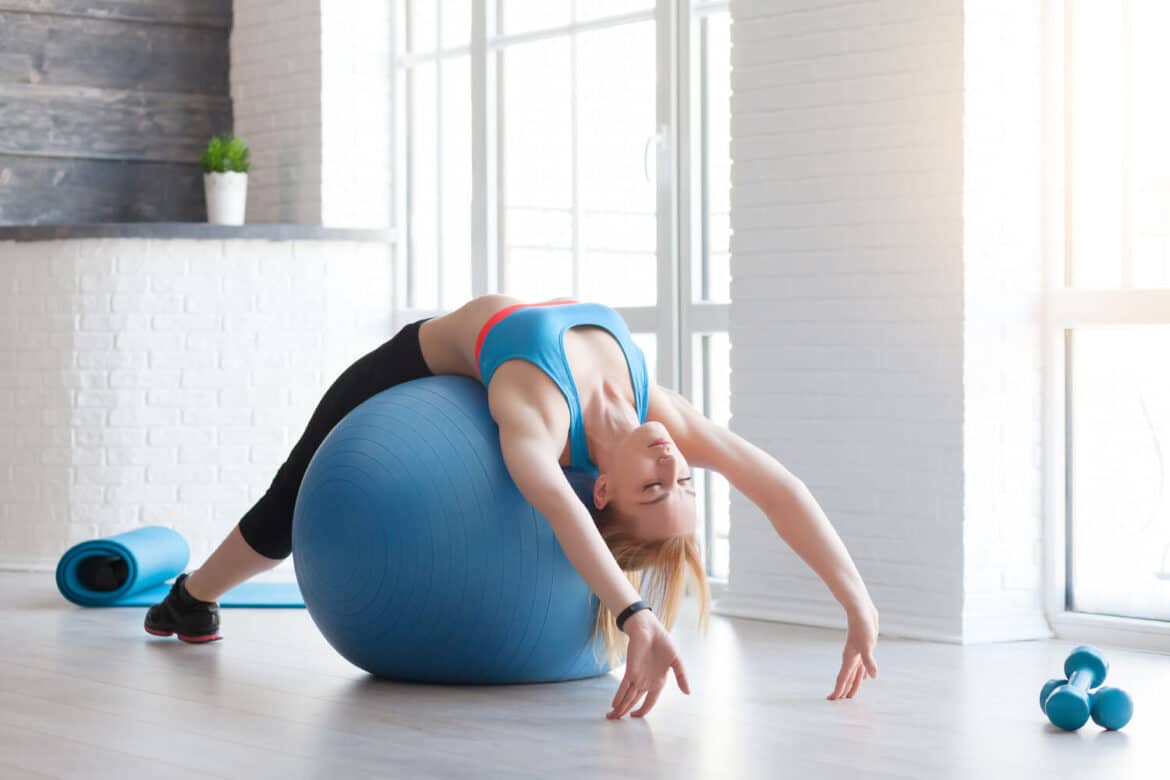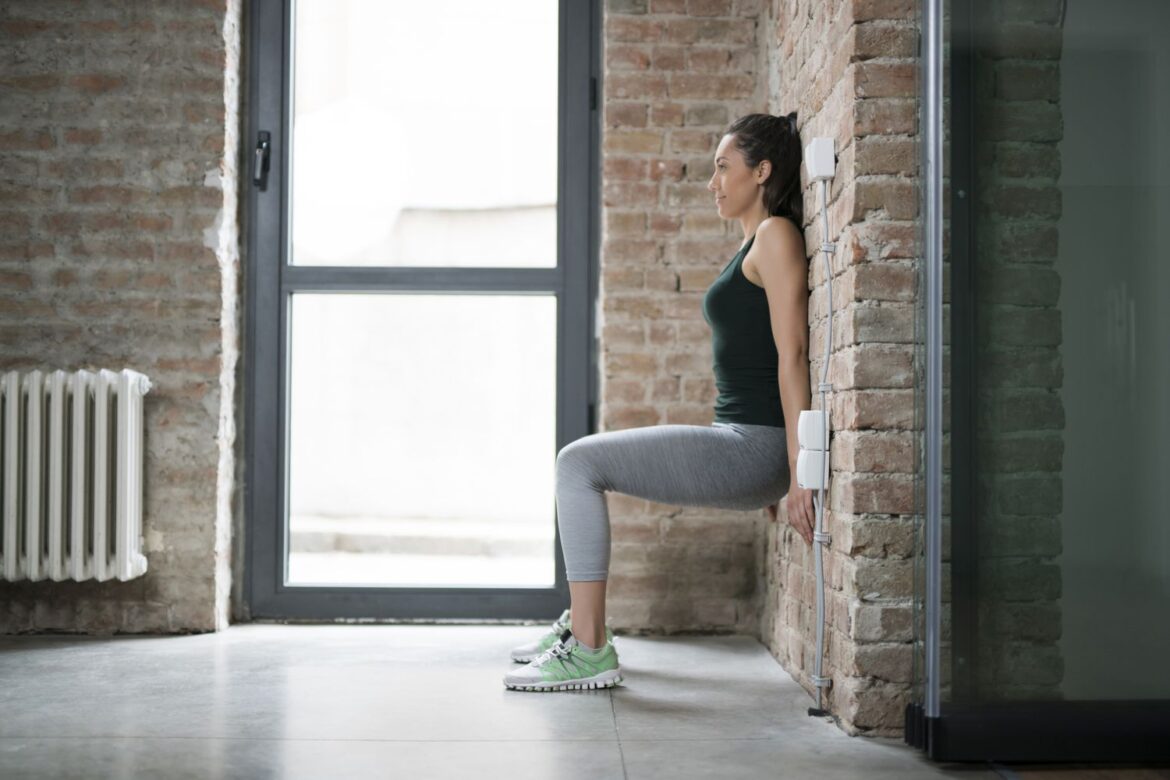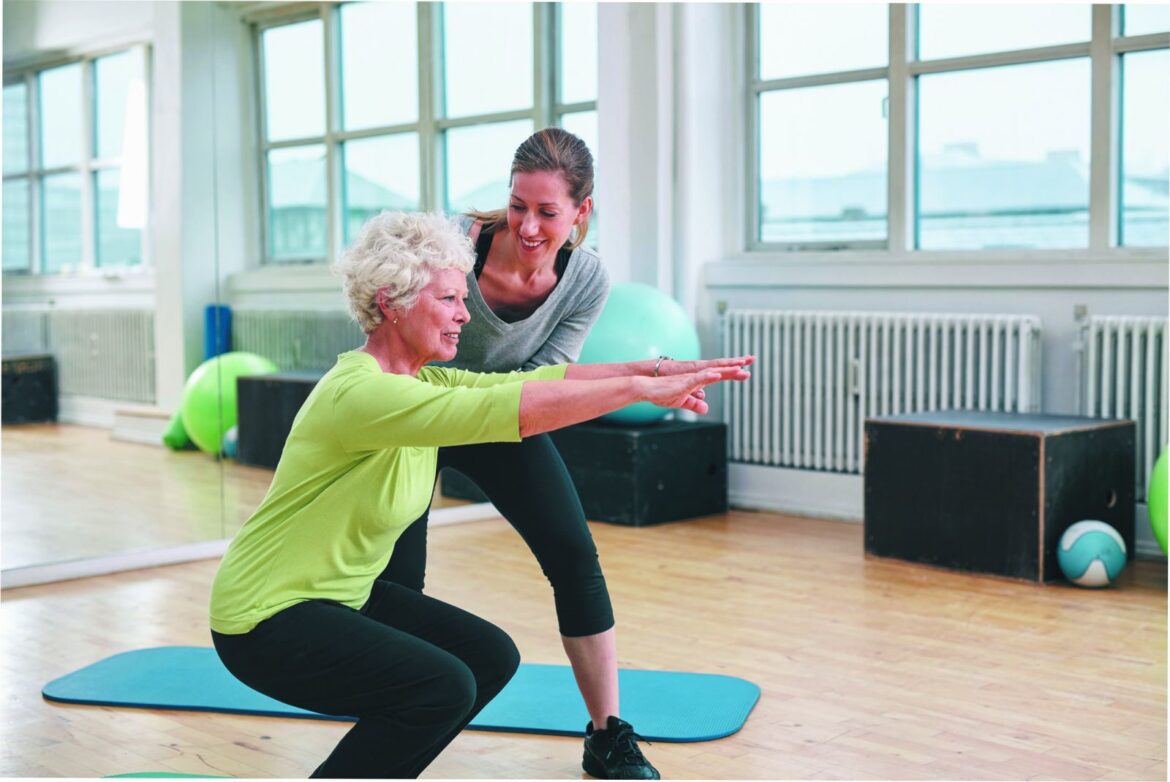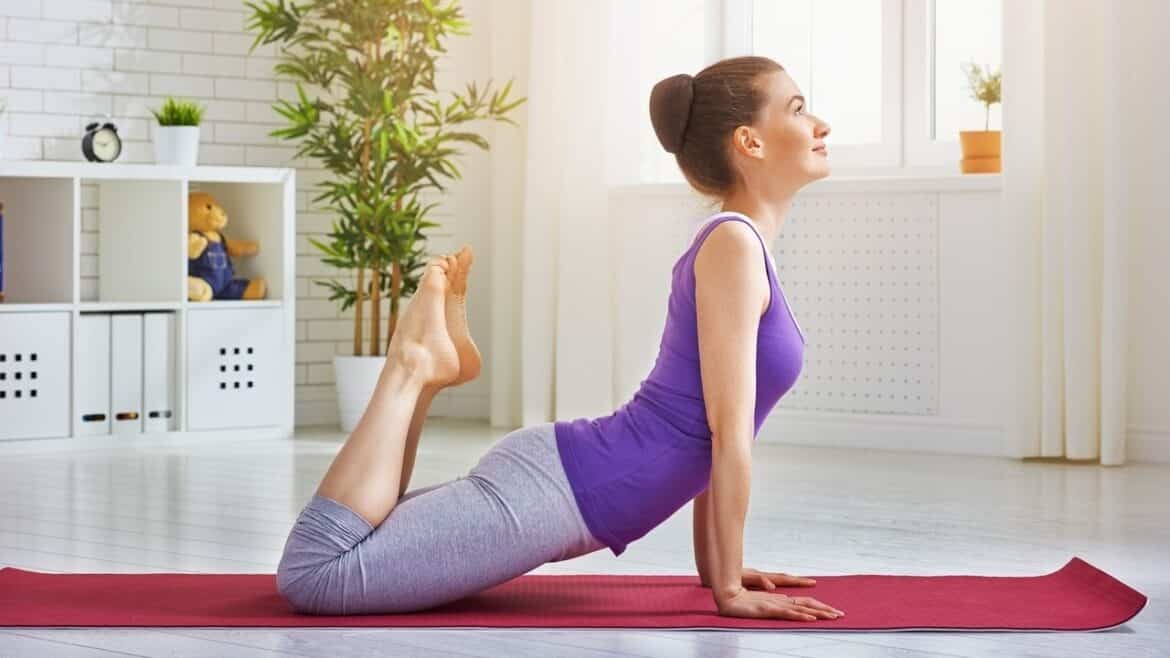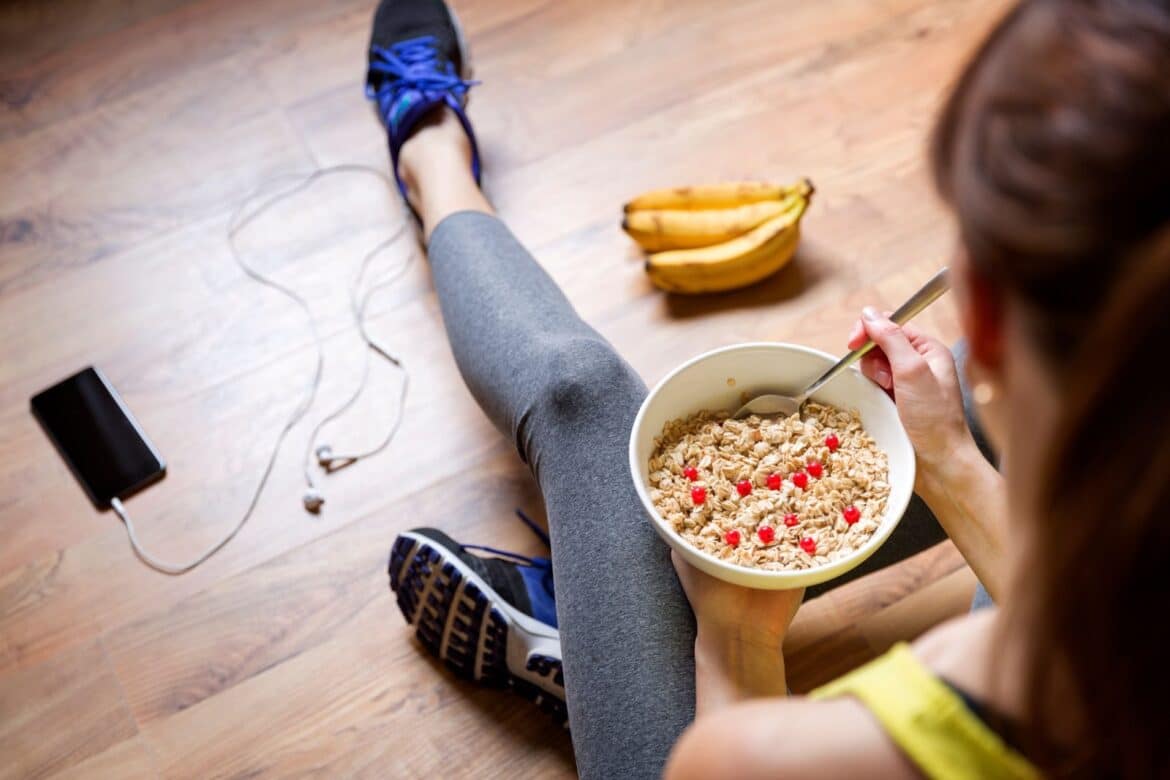Introduction Is Pilates Harder Than Yoga: The realms of physical fitness and wellness offer a diverse array of exercise modalities, each with its unique challenges and benefits. Among these, Pilates and yoga stand out as two popular practices that focus on enhancing strength, flexibility, and overall well-being. In this exploration, we will delve into the fundamental differences between Pilates and yoga, dissecting the physical demands, mental aspects, and overall difficulty levels of each practice to shed light on this intriguing comparison. By examining these aspects, we can better understand the nuanced challenges that each discipline presents and ultimately determine whether one is indeed more challenging than the other or if it simply comes down to personal preference and goals. Ultimately, whether Pilates is harder than yoga depends on an individual’s fitness goals and preferences. Some may find Pilates more challenging due to its targeted focus on core strength and controlled movements, while others may perceive yoga as more demanding because of its emphasis on flexibility and balance, or due to the mental challenges of meditation and mindfulness. It’s also worth …
Fitness Workouts
Introduction Is Pilates Good For Runners: As runners, we constantly seek ways to improve our performance, prevent injuries, and enhance overall fitness. In this pursuit, one exercise regimen that has gained significant popularity and attention is Pilates. Pilates, a holistic fitness system developed by Joseph Pilates in the early 20th century, is known for its focus on core strength, flexibility, and mind-body connection. we delve into the benefits of Pilates for runners, shedding light on how this low-impact exercise method can contribute to improved running performance, injury prevention, and a more balanced and resilient body. Whether you’re a dedicated marathoner or a casual jogger, understanding the potential advantages of incorporating Pilates into your fitness routine can be a game-changer on your running journey. Pilates is renowned for its emphasis on core strength. A strong core is essential for maintaining proper running posture and form. When your core muscles are engaged and strong, you can better control your body’s movements, which can lead to improved running efficiency and reduced risk of injury. Pilates incorporates stretching exercises that can enhance your flexibility …
Introduction Is 20 Minutes Of Pilates A Day Enough: In our fast-paced world, finding the time for regular exercise can often be a challenge. For many, the idea of squeezing in a workout routine that lasts an hour or more can seem daunting and impractical. Pilates, a low-impact exercise method known for its focus on core strength, flexibility, and overall body conditioning, has gained popularity in recent years as a time-efficient fitness option. In this exploration, we will delve into the effectiveness of a 20-minute daily Pilates practice and whether it can truly deliver meaningful health and fitness benefits. Whether you’re a Pilates enthusiast seeking to optimize your routine or someone considering incorporating this practice into your daily life, join us as we uncover the potential advantages and limitations of this condensed approach to Pilates. While 20 minutes may seem short, consistency can make a significant difference in your overall fitness. Daily practice allows you to reinforce proper form and alignment, which is crucial in Pilates to prevent injury and maximize results. The intensity of your 20-minute Pilates session plays …
Introduction How Long Does It Take To See Results With Pilates: Embarking on a fitness journey often comes with a sense of anticipation and eagerness to witness the transformative effects of your efforts. When it comes to Pilates, a popular low-impact exercise method that focuses on improving core strength, flexibility, and overall body awareness, the timeline for seeing visible results can vary from person to person. Patience and consistency are key, but understanding the factors that influence the rate at which you’ll notice changes in your body can help set realistic expectations. In this exploration, we will delve into the question, “How long does it take to see results with Pilates?” by considering various factors that play a role in your progress, as well as the potential benefits that await those who commit to this mind-body exercise regimen. Your fitness level and prior experience with exercise can significantly impact how quickly you notice results. Individuals who are already relatively fit may experience changes more rapidly, while beginners might take a bit longer to adapt to the exercises and see improvements. …
Introduction How Hard Is Pilates: Pilates, a popular and renowned fitness method, is often regarded as an effective way to improve strength, flexibility, and overall body awareness. While it may appear graceful and gentle at first glance, the practice of can be deceptively challenging. Originating in the early 20th century, Pilates has evolved into a comprehensive system of exercises that engages both the body and the mind. The difficulty of varies depending on individual fitness levels and goals, but it is widely acknowledged that mastering this discipline requires dedication, precision, and a commitment to gradual progress. In this exploration, we will delve into the complexities Pilates, shedding light on why it is considered demanding by many, and how its benefits are often achieved through persistence and perseverance. Many exercises are performed on unstable surfaces, such as a stability ball or a reformer machine. This challenges balance and stability, adding an extra layer of difficulty. It’s important to note that is adaptable, and instructors can tailor routines to suit an individual’s fitness level. As one gains experience and strength, they can …
Introduction Does Pilates Help With Posture: In our increasingly sedentary world, where many of us spend long hours hunched over screens or seated at desks, maintaining good posture has become a significant concern for overall health and well-being. Poor posture can lead to a range of health issues, including back pain, muscle tension, and even reduced lung capacity. In the quest for a solution, many individuals turn to Pilates, a popular exercise method known for its holistic approach to physical fitness. But does Pilates truly help with posture? This question has sparked curiosity and interest among those seeking to improve their stance and overall body alignment. In this exploration, we will delve into the principles and practices of Pilates to uncover how it can be a valuable tool in enhancing posture and promoting a healthier, more aligned body. One of the fundamental principles of Pilates is developing a strong and stable core. A strong core is essential for maintaining an upright posture as it supports the spine and helps distribute the load evenly. Pilates exercises often focus on engaging and …
Introduction Are Wall Pilates Effective: Wall Pilates is a fitness technique that combines the core principles of classical Pilates with the support and resistance offered by a wall. In this approach, individuals perform a variety of exercises while utilizing the wall as a prop to aid in stability and enhance the effectiveness of each movement. The wall serves as a valuable tool for maintaining proper alignment and form, allowing participants to isolate specific muscle groups and engage them more effectively. One of the key advantages of Wall Pilates is its ability to cater to individuals of varying fitness levels and physical abilities. The wall provides support for beginners who may struggle with balance and strength, making it an accessible option for those who are new to Pilates or are recovering from injuries. At the same time, it offers a challenging workout for advanced practitioners by intensifying the resistance and difficulty of certain exercises. The effectiveness of Wall Pilates lies in its capacity to target the core muscles, improve posture, enhance flexibility, and develop overall body strength. By utilizing the wall …
Introduction Is Pilates Good For Arthritis: Arthritis is a widespread and often debilitating condition that affects millions of people worldwide. Characterized by joint inflammation, stiffness, and pain, it can significantly impact one’s quality of life. While there is no cure for arthritis, various forms of exercise and physical therapy have been explored as effective means of managing its symptoms and improving overall joint health. Among these options, Pilates has gained recognition as a valuable approach to enhancing the well-being of individuals living with arthritis. In this discussion, we will explore the potential benefits of Pilates for arthritis sufferers, examining how this low-impact exercise method may help alleviate pain, improve flexibility, and promote a more active and comfortable lifestyle for those with arthritis. Pilates routines can be customized to meet the individual needs and limitations of arthritis patients. Whether someone has osteoarthritis, rheumatoid arthritis, or another form of the condition, a skilled Pilates instructor can adapt exercises to accommodate their unique circumstances, ensuring a safe and effective workout. Pilates places a strong emphasis on the mind-body connection. By practicing mindfulness and …
Introduction Does Pilates Help Back Pain: Back pain is a prevalent and often debilitating condition that affects people of all ages and backgrounds. Whether it’s caused by poor posture, muscle imbalances, injury, or a sedentary lifestyle, finding effective ways to alleviate and prevent back pain is a top priority for many individuals. One increasingly popular and widely recognized method for addressing back pain is Pilates. Developed by Joseph Pilates in the early 20th century, Pilates is a holistic exercise system that focuses on improving core strength, flexibility, and overall body awareness. Over the years, it has gained recognition as an effective approach to managing and even preventing back pain. In this article, we will explore the relationship between Pilates and back pain relief, examining how this exercise method can contribute to a healthier, pain-free back. Pilates places a strong emphasis on developing core strength. A strong core, which includes muscles in the abdomen, lower back, and pelvis, helps to support and stabilize the spine. By strengthening these muscles, Pilates helps reduce the strain on the back and promotes better posture, …
Introduction What To Eat Before Pilates: Fueling your body properly before engaging in any physical activity is essential to ensure you have the energy and stamina needed to perform at your best. Pilates, a low-impact exercise method that focuses on core strength, flexibility, and overall body awareness, is no exception. Whether you’re a seasoned Pilates enthusiast or just starting out, what you eat before your Pilates session can significantly impact your performance and overall experience. In this guide, we will explore the importance of pre-Pilates nutrition and provide you with some helpful tips on what to eat before your next Pilates class to optimize your workout and feel your best. Everyone’s body is different, and what works best for one person may not be the same for another. Experiment with different pre-Pilates foods to see what makes you feel the most comfortable and energized during your sessions. Consider your personal preferences and dietary restrictions when choosing your pre-Pilates meal. If you follow a specific diet, like vegetarian or gluten-free, there are plenty of options available to accommodate your needs. Pay …

